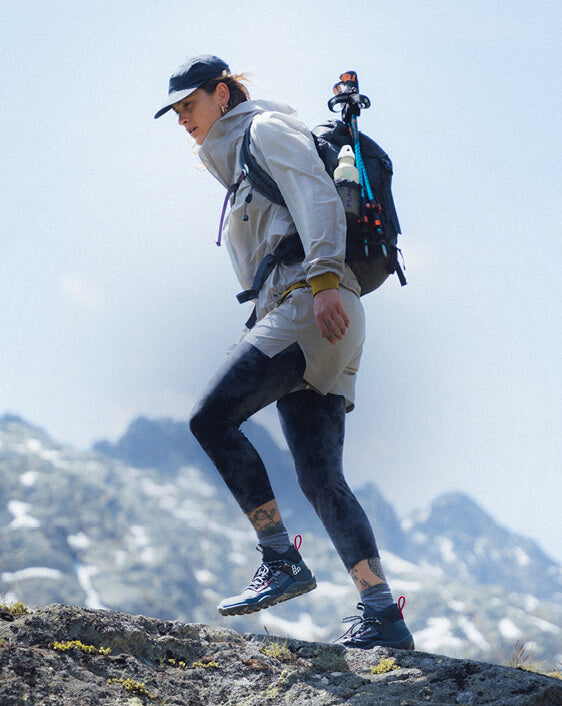Do you want to be better prepared for emergencies but aren’t sure where to start or if you’re doing it right? This “beginners guide for prepping” emergency preparedness checklist walks you through the basic steps and advice. When you’ve worked your way through, you’ll be more equiped to to handle the majority of what may come your way.
You are not alone: Rational people from all walks of life are taking preparedness seriously — and is a growing movement as more people realise the changing world means you have to take action now..
It’s simple: depending on what happens, you’ll either stay in your home, leave your home, or be away from home. Making it complicated makes you less prepared.
Prepping can seem overwhelming but doesn't have to be. There will always be dabate on how 'prepared' can you be given the changing world.
The whole point of prepping is to reduce the chances of major disruptions and to better recover when they do happen.
Don’t just look for a simple checklist and skip the detail. You will save yourself a lot of wasted time and money, and be better prepared, if you take a little bit of time to learn from others instead of making the same mistakes most beginners. The trick to prepping well is knowledge and following the right path, not putting a bucket of gear in your closet.
The basic steps to prepping:
- Understand your finances and health situation
- Get your home ready for two weeks of self-reliance
- Be able to leave your home with only a moment’s notice
- Prepare for emergencies that happen away from home
- Learn core skills and practice with your gear
- Conect with others and share!
Tips and common beginner mistakes
Many of these are super common tips that can help you avoid being unprepared.
- You can’t predict when an emergency will happen, so a good prep is always ready.
- Prepping is better when you connect with like-minded people. Try to connect with others through our website and through groups like Hiking in Australia and New Zealand
- If you’re on a budget, it’s better to buy fewer high-quality things than cheap stuff that will fail when you need them most. You can prep without much money, and be selective with what you buy.
- Don’t just buy gear, throw it in a closet, and give yourself a pat on the back. Practice with your gear and plans to see how they work.
The good news is that the prepping basics checklist is the same for 98% of people and scenarios.
Your goal is to be able to survive in your home for at least two weeks without any outside help — whether from people or the grid. That means you can’t assume you’ll have electricity, water, cooking or heating gas, communication, internet, emergency services, etc.Home checklist summary:
- Water: store approximately 50 litres of water per person (roughly 4 litres per day) and have ways to treat dirty water via either a drink bottle or water flask.
- Food: at least 23,000 calories per person (roughly 1,500 calories per day)
- Fire: matches
- Light: flashlights, candles, lanterns, multitool lights
- Heating and cooling: extra blankets, USB-powered fan
- Shelter: a cheap tarp (anything you find at a local store) comes in handy for improvised shelter, plugging holes in the house, and clearing debris
- Medical: list of home medical supplies
- Hygiene: wet wipes, hand sanitizer, camp soap
- Communication: either a one-way NOAA radio or a two-way ham radio (if you know how to use it)
- Power: spare batteries and rechargers
- Tools: knife, shovel, work gloves, wrench for your gas lines, zip ties, duct tape, etc.
- Mental health: board games, favorite books, headphones, movies downloaded to a tablet, etc.
- Local & emergency info: write down important contact numbers, know the location of the nearest hospitals, etc.
Food is usually handled one of two ways, although you can do both: freeze-dried or a deep pantry of what you normally eat.
A basic bag should have:
- Individual First Aid Kit
- 32 oz potable water stored in a hard canteen
- Collapsible canteen/vessel
- Water filter
- Water purification tablets x 20-40
- Food that’s ready to eat
- Lighter x 2
- Tinder
- Headlamp
- Field knife
- Multitool
- Cordage x 50’
- Tarp
- Waterproof paper and pen
- Cash
- Condensed soap
- Toilet paper
- Nail clippers
- Hat
- Socks
- Top base layer
- Pants
- Underwear
- Jacket / outer shell
- USB charging cable and wall plug
- Li-Ion battery pack
- Contractor trash bags x 2
- Storage bags (20L drybag and 5x gallon ziplocs)
Having gear is one thing, but survival experts know that a great prep is a mix of gear, skills, planning, and practice.
Once you’ve got some of the basic gear in place across your home and go-bags, it’s time to start learning critical skills.
Be sure to participate in communities like Hiking in Australia and New Zealand



Good advise and great prep list